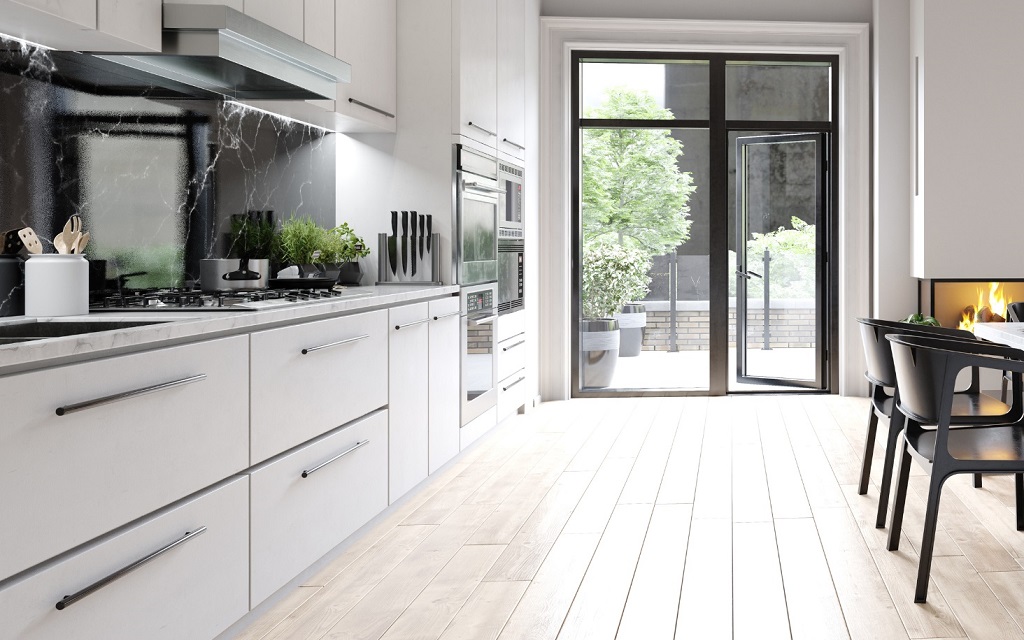Home upgrades can offer more than just stylish enhancements. They can also add much-needed functionality, as well as boost market value.
In a rapidly changing world that has increased demands on most households, homeowners are seeking innovative methods to elevate their living spaces on multiple fronts: comfort, style, efficiency and convenience. These goals reflect a desire for an aesthetic appeal that is practical yet still reflective of modern design.
This guide provides essential tips and current trends to help homeowners transform their homes into a haven of modernity and convenient comfort.
Table of Contents
- Planning and Preparation
- Key Areas to Focus On
- Sustainable and Eco-Friendly Options
- Technology and Smart Home Features
- Final Touches and Decoration
- Recap: Key Takeaways
Also see:
Planning and Preparation
Follow these three key steps to be well-prepared for any home improvement project you consider taking on:
- Assess Your Needs and Set Realistic Goals
- Establish a Budget and Secure Financing
- Perform a Cleanout
1. Assess Your Needs and Set Realistic Goals
Assessing needs and setting goals upfront is a pivotal step for any home improvement project. This process involves taking a deep dive into the given space and corresponding lifestyle requirements. Key project requirements could range from needing more room for a growing family, enhancing energy efficiency for sustainability, or updating the home’s design to keep up with modern aesthetics.
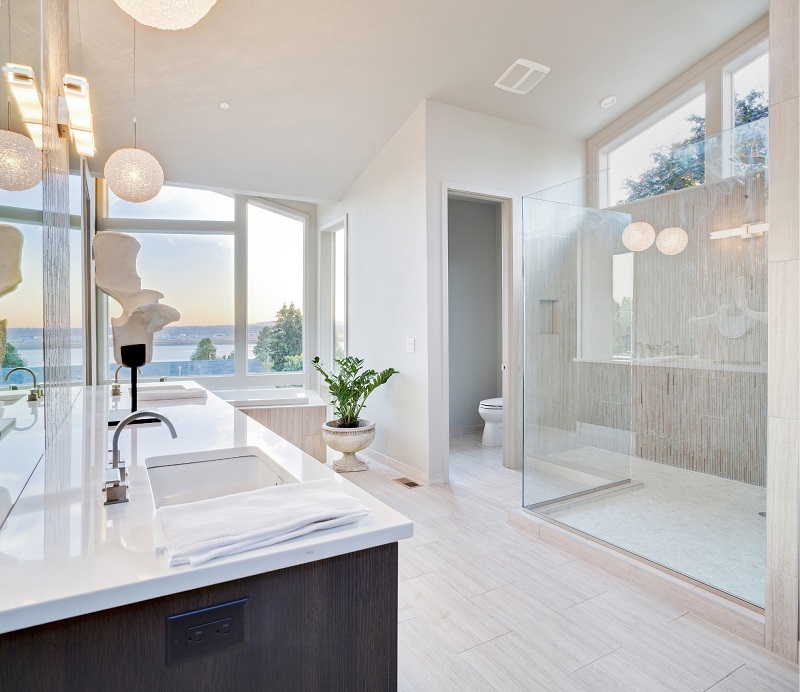
Clear goals act as a roadmap, guiding every decision, from the choice of materials to the allocation of resources. It’s about balancing desires with practicality, ensuring that the results will align your initial vision.
Also see:
2. Establish a Budget and Secure Financing
Establishing a budget is critical to manage the financial elements of your home upgrade responsibly. It involves carefully analyzing costs versus the potential value added by the improvements. This step necessitates a realistic approach to what can be achieved within financial limits, possibly requiring tough choices between wants and needs.
Exploring financing options, like home equity loans or refinancing, provides flexibility and can make larger projects more attainable. A well-planned budget acts as a financial compass, keeping the project on track and preventing costly overruns. Keeping to a budget will also help speed up the decision making process by dramatically reducing the number of options under consideration (i.e. excluding items, brands and product models upfront that are outside of your budget).
No matter how large or small your budget may be, we always recommend prioritizing the distribution of your total budget across specific elements of your upgrade, such as appliances and materials. Be sure to allocate as much budget as possible for your most important features, while reducing costs for items that are less important. For example, ask yourself which aspects of your renovation are least important, and if necessary, can be upgraded at later time in the future.
Also see:
3. Perform a Cleanout
Performing a cleanout before starting a renovation is an important strategic move when upgrading your home. By letting go of items that no longer serve any purpose, you’ll have a terrific opportunity to regain space and reassess the layout and functionality of your project area, including revised needs for furniture, décor, amenities and storage.

This decluttering process will free up space and clarify what is most essential for your re-envisioned living environment. It can also lead to surprising revelations about space utilization and design preferences.
A thorough cleanout will simplify the renovation process, reduce clutter, and set the stage for a more organized, efficient home post-upgrade.
Also see:
Key Areas to Focus On
When contemplating various home improvement projects to pursue, be sure to consider renovation projects that consistently deliver strong return on investment, such as:
1. Kitchen Remodels
Kitchen remodeling is a transformative process that revitalizes the heart of the home. It’s an opportunity to blend functionality with personal style. Upgrades can range from installing sleek, modern countertops and cabinetry to integrating smart, energy-efficient appliances.
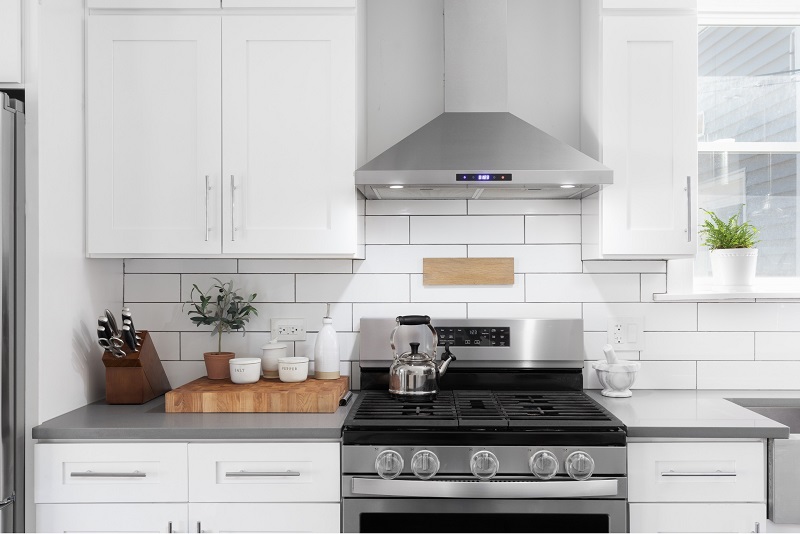
Current trends emphasize open shelving for an airy feel and natural materials like stone and wood to bring warmth and texture. This combination of innovation and design creates a welcoming and efficient kitchen space.
A key aspect of successfully remodeling your kitchen is to double and triple check the workflow of your new kitchen layout. Prioritize on function first, including selecting reliable appliances and fixtures, so that you will enjoy using and spending time in your kitchen. It is far easier to make changes to the aesthetic look of your kitchen at a later date than it is to readjust the layout of key features and appliances. There is nothing more annoying than having to work around a poorly thought-out kitchen layout!
Also see:
2. Bathroom Renovations
Bathroom renovations significantly enhance both the value and functionality of a home. Modernizing this space often involves installing walk-in showers with sleek, frameless glass doors, and incorporating luxurious freestanding bathtubs as a focal point.
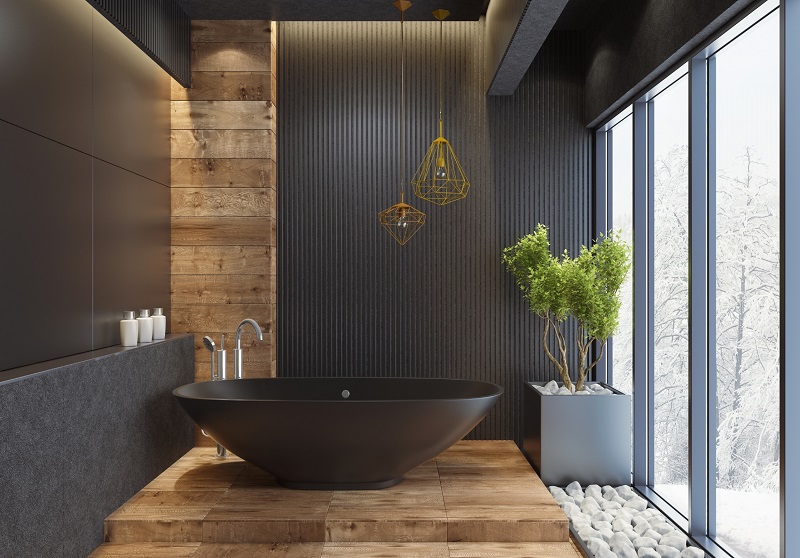
Design elements like bold, statement tiles add character and vibrancy. Such upgrades transform the bathroom into a spa-like retreat, merging modern aesthetics with practical, everyday luxury.
When budgeting for a bathroom remodel, be sure to keep the long-term importance of your health and wellness in mind. A well-designed bathroom can provide years of excellent hygienic and wellness benefits, such as hydro-therapy, bidet capabilities, and steam shower massage within a stress-relieving soothing ambience.
Also see:
3. Living Space Enhancements
Enhancing living spaces focuses on creating areas that are both inviting and functional. Integrate smart home technology to elevate these spaces’ convenience, security, and efficiency. Options like sustainable materials and energy-efficient windows contribute to a lower environmental impact while maintaining style and comfort.
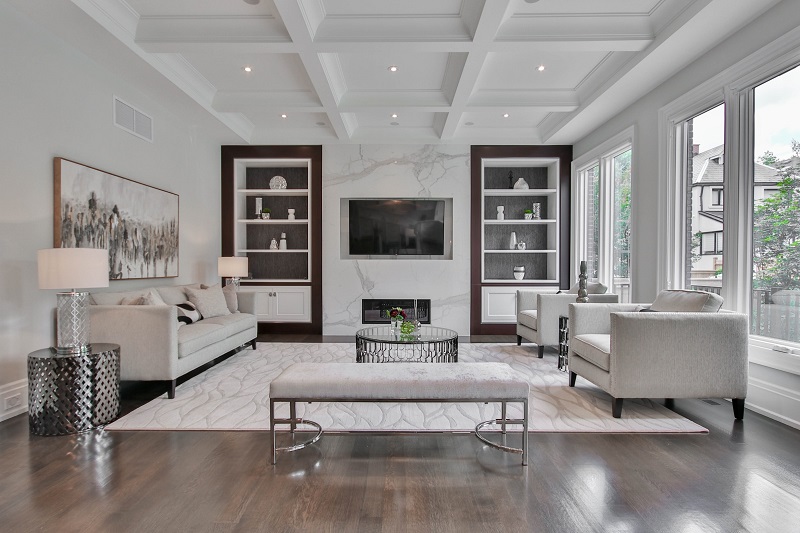
These improvements make the living spaces more enjoyable and adapt them to contemporary living standards, emphasizing comfort, sustainability, and technological integration.
Also see:
Sustainable and Eco-Friendly Options
Keep in mind upgrades to your home that will improve its performance, as well be desirable features when listing it for sale, such as:
1. Enhancing Energy Efficiency
Adopting energy-efficient solutions is a smart, eco-conscious approach that offers long-term cost savings. Consider investing in solar panels to harness renewable energy, switching to LED lighting for lower electricity consumption, and upgrading to energy-efficient appliances.
These steps can significantly reduce homeowners’ utility bills, making their homes more sustainable and economically efficient. Energy efficiency is a crucial aspect of modern, responsible homeownership.
Also see:
2. Incorporating Sustainable Materials
Using sustainable materials in home upgrades underscores a commitment to environmental stewardship. Materials like bamboo, known for its rapid regrowth, recycled glass, which repurposes waste, and reclaimed wood, which preserves natural resources, are excellent choices.

These materials reduce environmental impact and bring a unique, natural aesthetic to their home, blending eco-friendliness with design. Sustainable materials represent a fusion of functionality, beauty, and ecological responsibility.
Also see:
Technology and Smart Home Features
Invest in technology that will make your home safer and easier to manage, such as:
1. Home Automation and Security
Smart home technology continues to revolutionize home living, bringing unparalleled convenience and enhanced security. Automated systems are seamlessly controlling lighting, heating, and security, transforming everyday tasks into effortless experiences. These advancements simplify life and significantly bolster their home’s safety and security, offering peace of mind with modern technological solutions.
Also see:
2. Connectivity and Integration
Incorporating seamless technological integration is crucial in modern home upgrades. It encompasses centralized systems that effortlessly control all electronic devices, ensuring smooth operation and coordination, plus scalability (i.e. effortlessly adding new products and features).
Strong Wi-Fi connectivity throughout the house and outdoors is also essential, enabling uninterrupted access to smart home features and online resources. Reliable connectivity empowers technology to enhance, rather than complicate, the lifestyles of modern households.
Also see:
Final Touches and Decoration
Strive to find a balanced design that incorporates key design amenities in high demand, as well features of high personal importance, e.g.:
1. Current Interior Design Trends
Embracing interior design trends can significantly enhance a home’s aesthetic personality. Minimalist designs dominated by neutral color palettes create a serene and uncluttered space. Incorporating biophilic elements like indoor plants and maximizing natural light brings a sense of tranquility and connection to nature, aligning their home with contemporary design sensibilities.

An invaluable interior design technique to keep in mind is that of transformable design. For example, when a given space is not large enough, or when you need a room to serve multiple functions, transformable design can help you magically create a space that serves all of your needs. Transforming furniture is a great starting point to envision ways to maximize the functionality of any room.
Also see:
2. Personalization
Personalization is key to making a house feel like a home. Even while adopting modern design trends, infusing your personal styles and preferences is essential. This can be achieved through displaying unique artwork, cherished family photos, or selecting distinctive pieces of furniture that reflect aspects of your unique life experiences. This approach will ensure that your living space truly represents you!
An expert tip for personalization is to learn about the storytelling secrets of Hollywood set designers. Like the intriguing interior design of a favorite movie, your home can also tell an interesting and unforgettable story to your guests.
Also see:
Recap: Key Takeaways
A home upgrade is a significant undertaking that requires careful planning, budgeting, and execution. By focusing on key areas, embracing sustainable practices, and incorporating innovative technology, homeowners can create a modern, efficient space that reflects their personal style. Remember, the goal is to enhance their living experience in a functional and aesthetically pleasing way!
Recommended Interior Design & Home Décor Articles
- 8 Spa Décor Ideas to Make Your Home More Comfortable & Relaxing
- Can the Doors You Choose Make a Difference to Your Interior Design?
- 7 Low-Cost Ideas to Make Your Home Office Comfortable & Productive
- Top 5 Color Schemes for Your Living Room
- Need Renovation Inspiration? Try These Innovative Design Resources!
- Related Topics: Renovations | Pre-Sale Renovations | Home Selling | Home Décor | Interior Design
| Purgula is reader-supported. When you click on links to other sites from our website, we may earn affiliate commissions, at no cost to you. If you find our content to be helpful, this is an easy way for you to support our mission. Thanks! Learn more. |

